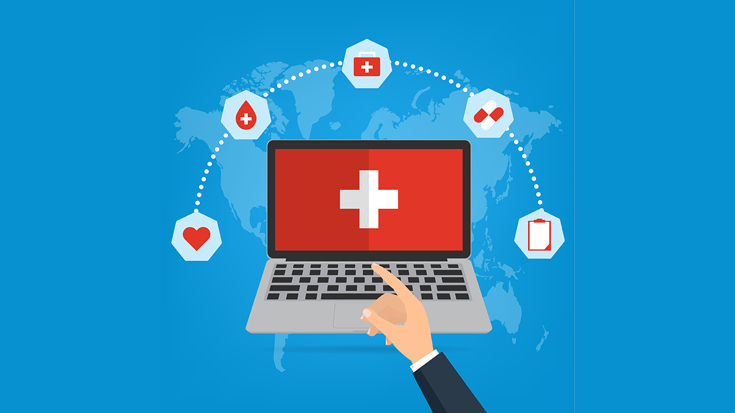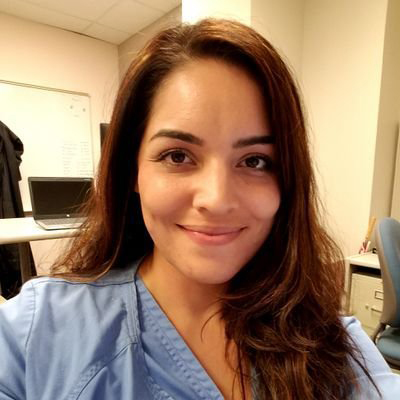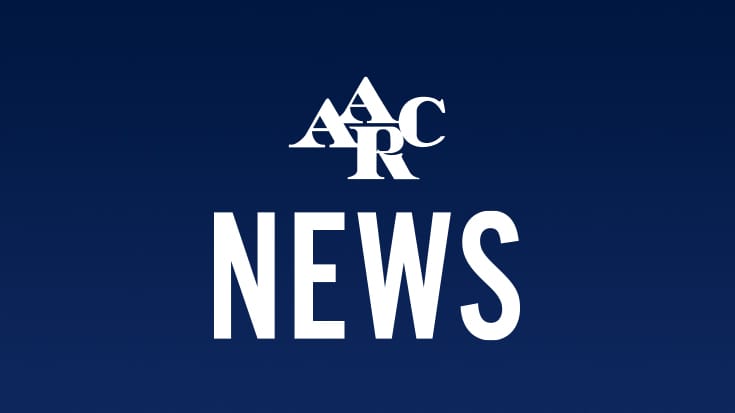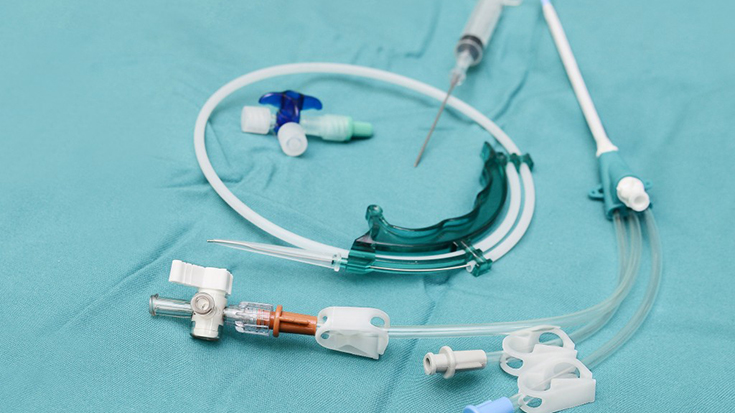
Neuromuscular disease patients need ongoing support, and respiratory therapists are an integral part of their multidisciplinary care team.
A pilot project implemented by Micaela Sarazen, BSRT, RRT, and her colleagues at UC Davis in Sacramento, CA, in partnership with a local DME provider suggests telehealth may offer new opportunities for RTs to expand their role in this setting.
Problems can arise

As a member of the hospital’s neuromuscular clinic, Sarazen works closely with her colleagues to provide comprehensive care to patients with amyotrophic lateral sclerosis and other muscular dystrophies.
One of her key roles as the RT on the team is to provide the pulmonary function testing needed to drive effective treatment.
“As muscle strength declines and affects the respiratory system, initiating key therapies such as cough assist and positive pressure ventilation in a timely manner prevents hospital admission and helps to keep patients home and healthy,” Sarazen said.
Patients are educated on their devices in the clinic but the information can be overwhelming and problems tend to arise when these patients go home. The telehealth initiative was seen as a way to overcome those issues without the need for an additional clinic visit.
FaceTime chats
“In 2016, I was approached by a local DME company, SuperCare, that had this idea for telehealth in COPD patients to prevent readmission, and was interested in assessing the effect in neuromuscular disease patients,” Sarazen said.
The idea was to provide patients with the opportunity to chat with a SuperCare respiratory therapist about equipment and other issues.
The UC Davis team jumped on board.
“We offered a tablet that, at a touch of a button, allowed video conferencing with the DME company and scheduled video appointments,” she said.
A protocol was established, and a template was created for report back to the doctor, allowing many patient issues to be fielded through the DME rather than the doctor’s office.
The program uses FaceTime, which is HIPAA compliant, for the chats. SuperCare RTs were soon video chatting with patients about everything from how to use their devices to what to do about nuisance alarms.
According to a SuperCare spokesperson: “We were able to intervene in the area of supply issues, therapy issues — modifications, appropriate use, etc. — assessing additional equipment needs or resources, reinforcing goals and escalating therapy concerns in between clinic visits to expedite care concerns and prevent admissions.”
For telehealth RTs, interface issues are the most commonly reported problems by patients.
“Masks causing redness or sores on the bridge of the nose. Masks leaking in the eyes. These can be resolved by putting the mask on differently, cleaning it out, or changing from nasal to full face,” Sarazen said.
She says troubleshooting these issues without a respiratory therapist having to go out to the patient’s house has been monumental from a business perspective.
Outcomes show value
The efficiency of patient care was increased by the pilot program, and so was device compliance.
Not only did Sarazen and her colleagues see 100 percent compliance on devices among the 12 people in the study, 83 percent of them reported a decrease in their perceived level of dyspnea as well.
“This was a remarkable finding for patients with a progressive muscle disease,” Sarazen said.
Interestingly, the pilot showed a reduction in pain among 92 percent of the patients too.
“Despite having a progressive disease, they had their pain reduced by half by just relieving their shortness of breath,” she said.
Lessons learned
Sarazen says the group learned some important lessons about implementing this kind of telehealth program along the way. First and foremost: certain types of patients are more likely to benefit than others.
For example, patients who had already mastered their devices didn’t see a need to video chat and those who were still working said they didn’t have time to add yet another disease-related activity to their already busy days.
But patients who were new to their diagnosis and their equipment definitely appreciated the extra help — particularly those who were introduced to more than one piece of equipment in the clinic on a single day.
Those patients had the highest rate of satisfaction with the program.
“The idea was to really support those patients within the first 90 days of device placement to achieve compliance before the clinic follow up appointment,” Sarazen said.
The program is still in operation and is continuing to see positive results. Patients not only benefit from the teaching and troubleshooting, but they build important bonds with their RTs over time as well.
“Neuromuscular disease can be isolating,” Sarazen said. “These patients can have limited mobility, and this is an additional door to the outside world. They really do develop friendships with these people.”
When one of the telehealth RTs went on maternity leave, she says she heard about it from her patients.
“They missed her!” Sarazen said.
More to come
The success seen with this program is leading the UC Davis team to explore to new opportunities in telehealth too.
“This is only the beginning stage of this program,” Sarazen said. “As the technology improves, the options available for these patients improve. I think we have shown that this is reproducible across many disease processes and utilization of technology can improve outcomes for many different patients. You will see more from our team in the future.”
She believes telehealth is an exciting and cost-effective logistical option for effectively managing any large group of patients and suggests other RTs consider it as well.
“Fine tuning the options that are available can really create a great system to work for your interests and your patients.”
Legislation in the works
The AARC’s Political Advocacy Contact Team will be heading up Capitol Hill on May 1 to lobby members of Congress on telehealth legislation that includes RTs as providers. Their efforts could help more RTs make programs such as this one at UC Davis a reality for other chronic respiratory patients in need.
Stay tuned to the AARC website for information on our upcoming Virtual Lobby Campaign and how you can help send the message that RTs are right for the job.
Interested in delving into telehealth in your organization? Reach out to Micaela Sarazen via email at Mgsarazen@ucdavis.edu. She will be happy to fill you in on the specifics of her program.
Do you see neuromuscular disease patients in your practice? Connect with other RTs who care for these patients through the Neurorespiratory Community on AARConnect.
Email newsroom@aarc.org with questions or comments, we’d love to hear from you.










